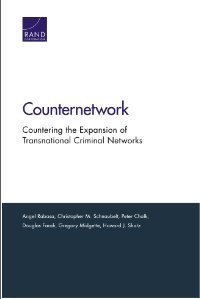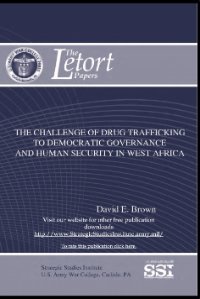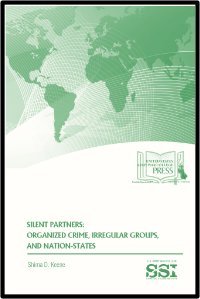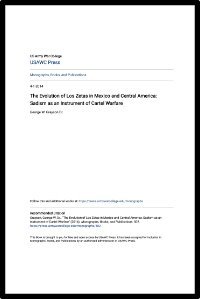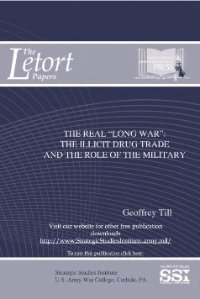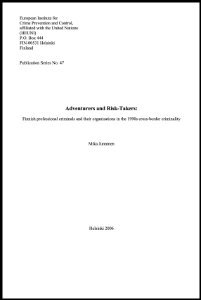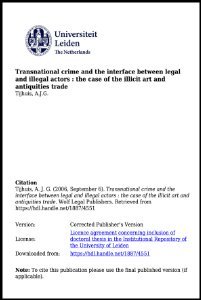By Angel Rabasa, Christopher M. Schnaubelt, Peter Chalk, Douglas Farah, Gregory Midgette, Howard J. Shatz.
In July 2011, President Barack Obama promulgated the Strategy to Combat Transnational Organized Crime. In the letter presenting the strategy, the president stated that the expanding size, scope, and influence of transnational organized crime and its impact on U.S. and international security and governance represent one of the most significant challenges of the 21st century. Through an analysis of transnational criminal networks originating in South America, this report develops a more refined understanding of the operational characteristics of these networks; the strategic alliances that they have established with state and other nonstate actors; and the multiple threats that they pose to U.S. interests and to the stability of the countries where they operate. It identifies U.S. government policies and programs to counter these networks; the roles of the Department of Defense, the geographic combatant commands, component commands, and task forces; and examines how U.S. Army assets and capabilities can contribute to U.S. government efforts to counter these networks. The report also recommends reconsidering the way in which nontraditional national security threats are classified; updating statutory authorities; providing adequate budgets for the counternetwork mission; and improving interagency coordination.
Santa Monica, CA: RAND, 2017. 215p.


